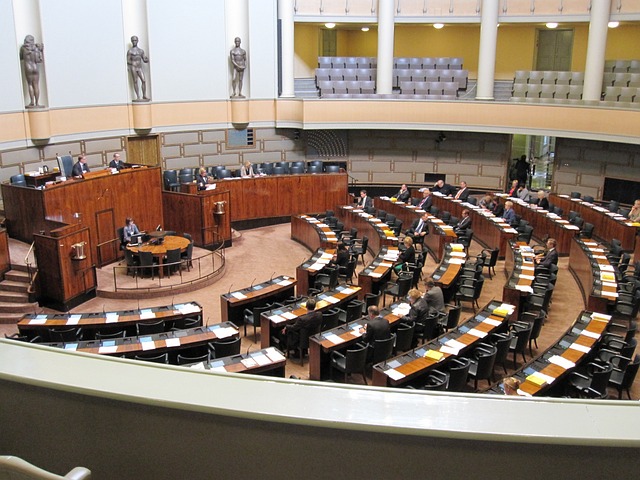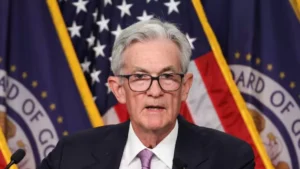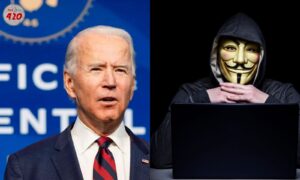
Congress narrowly avoided a government shutdown after striking a last-minute deal, offering temporary relief to federal workers, contractors, and the American public. The agreement, finalized just hours before the deadline, keeps the government funded for the short term. While this development staves off immediate economic disruption, the underlying issues of long-term budget disputes remain unresolved, with both parties still deeply divided over fiscal priorities.
The Last-Minute Deal
The last-minute deal, referred to as a continuing resolution (CR), temporarily extends government funding at current levels, allowing federal agencies to continue their operations. This emergency measure prevents a shutdown that could have furloughed hundreds of thousands of federal employees and caused delays in critical services such as Social Security payments, passport processing, and national park operations.
The continuing resolution provides funding through a specified date, typically a few months, giving Congress more time to negotiate a broader budget agreement. However, it also means that the risk of another potential shutdown looms, as lawmakers must address the larger, unresolved issues surrounding federal spending.
Stalemate on Key Budget Issues
Despite the temporary resolution, deep divisions between Democrats and Republicans persist over key budget issues. Republicans are pushing for significant spending cuts, particularly in areas such as social programs and environmental regulations. Meanwhile, Democrats are advocating for maintaining or increasing funding for programs like healthcare, education, and climate initiatives. Both sides agree that reducing the national debt and controlling the deficit are important, but they remain at odds over how to achieve these goals.
The debt ceiling debate earlier in 2024 highlighted these stark differences. Although a compromise was reached at the time, it became clear that the issue of how to balance fiscal responsibility with necessary government spending would continue to challenge lawmakers. This gridlock has increased the likelihood of future budget standoffs and the potential for additional shutdown threats.
Impact of a Shutdown and Economic Concerns
Had the government shut down, the economic impact would have been significant. In past shutdowns, federal workers faced furloughs, while essential employees, such as military personnel and TSA agents, were required to work without pay. Government contracts for infrastructure projects and other services would have been delayed, potentially causing ripple effects across various industries.
Economists warn that recurring shutdown threats undermine public confidence and can negatively affect market stability. Federal Reserve officials have expressed concerns that continued budgetary uncertainty could slow economic growth, particularly as inflation and interest rate pressures continue to affect businesses and consumers.
What Happens Next?
With the immediate crisis averted, Congress now faces the difficult task of negotiating a longer-term budget solution before the continuing resolution expires. Both sides will need to make compromises to avoid another government shutdown and provide more stability for the American economy.
Looking ahead, the months following this temporary deal will be crucial. Lawmakers must tackle fundamental questions about how to manage federal spending, address rising debt levels, and ensure that essential government services remain funded without continuous threats of shutdowns.


